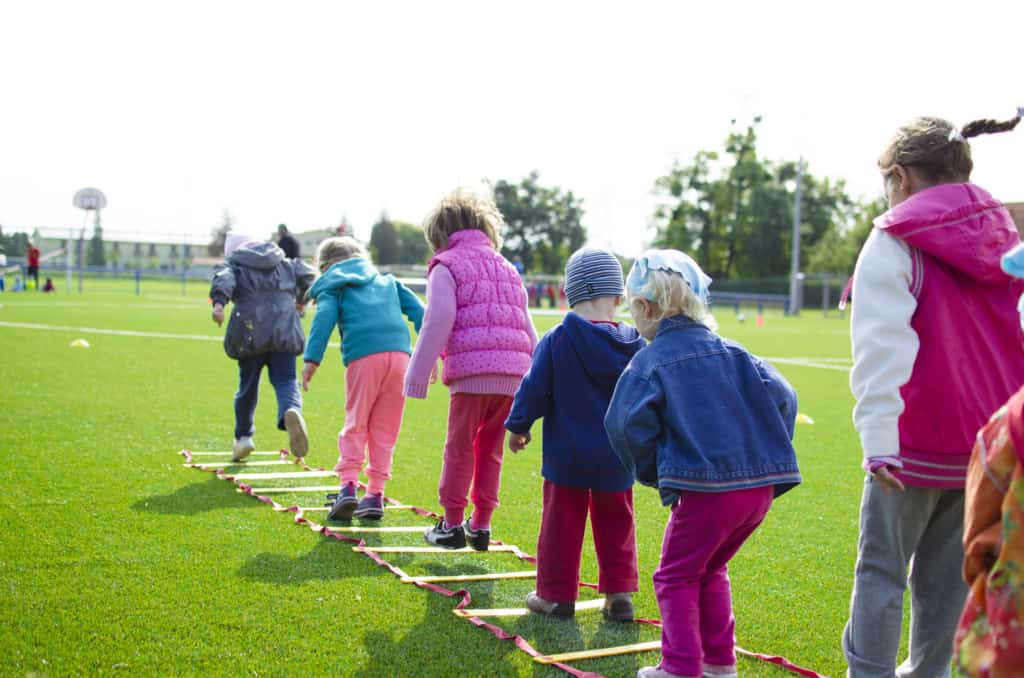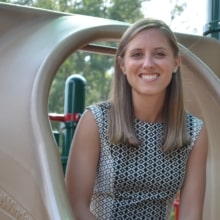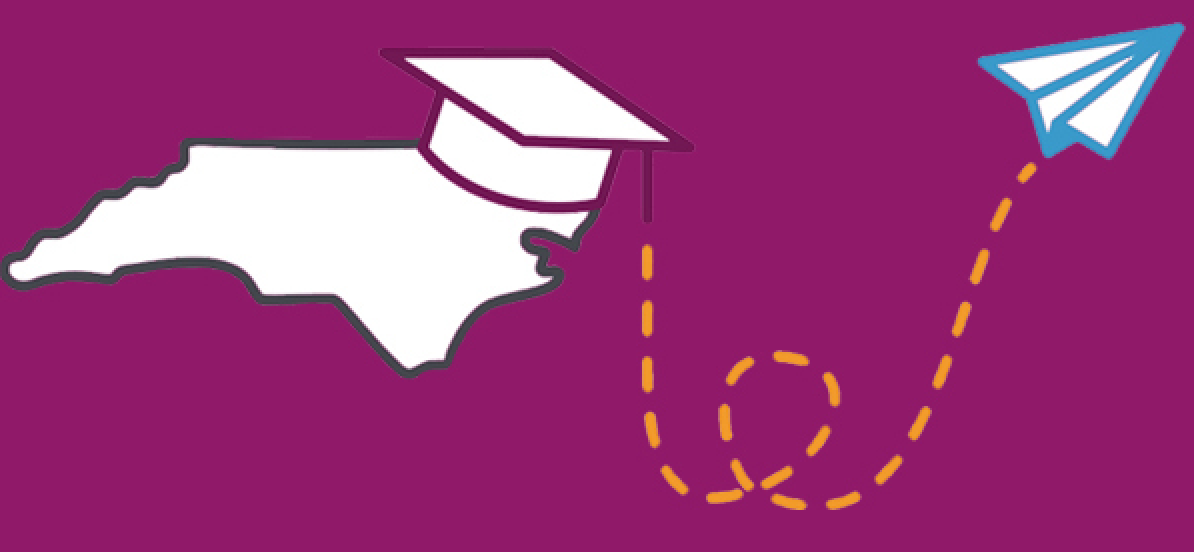
Deborah Lowe Vandell is a prolific researcher and advocate for investing in children. So far, she has published more than 150 articles and three books and shows no signs of slowing down.
Vandell is a professor of education and psychology and former founding dean at the School of Education at University of California, Irvine, where she studies the effects of early childcare and afterschool programs on children’s academic and social outcomes.
Her research has found that children who participate in sustained high-quality afterschool programs show misconduct reductions and work habits improvements after two years. After five years, these children show fewer school absences and greater task persistence whereas children who had more unsupervised time five years later had lower grade point averages and higher school absences.
Participating in organized activities, such as choir, sports, band, dance, math team, and science club, is also beneficial for children. In a study of 1,360 children from kindergarten through high school, Vandell found that children who more consistently participated in organized activities had higher math achievement, higher grades, and better work habits.
On Thursday, Vandell gave a lecture at the Duke Center for Child and Family Policy about her research on the effects of afterschool programs. NCCPPR interviewed her following the lecture. The interview is edited for clarity and length.
Q: Tell me about your background. How did you get into teaching, research, and your focus on afterschool programs?
A: When I was an undergraduate, I took a course in child development my senior year and fell in love with the topic. As part of that class I went and observed Head Start classrooms. It really struck me as I was looking at those classrooms that some that I was observing were wonderful and others were really horrible. I went and observed other preschool classrooms, Montessori schools, and nursery schools as part of this class I was taking and thought it seems that what is happening in these programs is important for children’s development. I’d like to study that.
That’s what I studied for a number of years. I then wanted to do a longitudinal study, so I was looking at following these children who had been in early childhood programs into elementary school. I thought well maybe I should see what they are doing after school as a control variable. If I’m going to be studying early childcare maybe I should be controlling for what is happening later to try to understand these early effects.
So I did this first follow-up study of third graders and I included an after school component. I’ll have to confess that part of my reason for including the after school component was that my son had just started kindergarten and I realized, oh no, there is this whole after school period. What are kids doing after school?
The first of the studies I did on after school, the findings were so interesting that it became my second research area. It became very clear to me after that first study that some of the programs these kids were going to were good but some were really horrible. For example, some had 50 kids out on a playground with a high school student — lots of kids, not well-trained staff, and nothing to do. Not surprisingly, we were finding negative effects of those kinds of experiences.
Q: You’ve done a significant amount of research on early childhood and afterschool programs. What are some of the most surprising findings from your research?
A: One set of findings is a new paper of mine that is under review right now. In this paper I look at the long-term effects of early childcare and afterschool programming on outcomes at age 15. What we find is that the effects are roughly the same size, with both being related to math achievement and reading and both predicting age 15 outcomes.
In the social sphere, we find early childcare quality is linked to better impulse control at age 15. For the afterschool programs, participation is related to social confidence. So this paper shows that these experiences can be related with both making significant cumulative, additive effects. Early childhood is important and afterschool programs are important and both may be related differentially to some aspects of social development.
Q: What are the aspects of afterschool programs that make them high quality?
A: Both survey measures and observation measures have identified three components of quality. The first and most important is the quality of the children’s interactions with the adults — i.e. the kind of emotional support, language engagement, and engagement with adults. The second is how interesting and engaging the kids find the afterschool activities to be. The third is the quality of interactions with peers at the program.
If you put all three of those together, you can look at those as an overall indication of quality. If you take them apart, the one that is most predictive of child outcomes is the quality of the interactions with the staff.
Q: I know for early childhood there is a push to get more certified teachers into the classroom. Is there a similar push for afterschool program staff?
A: There is an organization that is involved in some accreditation standards for afterschool, and for federally funded programs there are some accountability measures. There is an organization called the National Afterschool Association that is a membership organization for afterschool staff. Fifty states now have these afterschool networks that are involved with profressional development for staff. There are people thinking about this quality issue.
The afterschool field is one in which the wages are more like wages in early childhood. They are a little above minimum wage, and like child care, as opposed to pre-K programs, many of the staff are not degreed. Turnover tends to be high, so the development of professional development programs for afterschool staff is a continuing issue for site coordinators and program directors.
As a person who works in both, I think that afterschool programs face a tougher challenge. Their challenge is every bit as great as early childcare. In some ways it’s different because for most people who work in early childcare, it’s a full-time job. For afterschool programs, many of the staff only work from three until six, so it’s a part-time job. You also see a fair number of college students.
In some places, teachers are involved with the programs, but after you teach all day, the last thing you need to do is work in an afterschool program. Teaching is an extraordinarily difficult job and to try to then do afterschool on top of that is too hard. I don’t see that as a viable solution.
There are two levers to improve program quality. The first is improving staff professional development. The second is increasing the alignment between schools and afterschool programs. Both of those strategies involve finding ways to bring the afterschool staff closer to the teachers so they benefit from their knowledge.
Q: There are some afterschool programs that are school-led and some that are community-led. Does that have an impact on quality?
A: There are some wonderful community afterschool programs, such as YMCA, Boys and Girls Club, 4-H, and church-based programs. There are a lot of places that do offer afterschool programs, and some of those are really good programs.
Then you have the other juxtaposition. When I say afterschool program, I mean something that is three, four, or five days a week on a regular basis. That is juxtaposed to extracurricular activities that may be seasonal or one day a week but are not typically five days a week.
It’s less important what exactly the program is doing — whether it’s literacy, math, or sports. What is important is that those activities are of interest to kids and that the staff interactions are good. Often you’ll see kids choose to go to a program not because of a specific activity but because the person who is leading it is really good.
The places where kids are getting gains in math achievement scores are not from programs that are teaching math. The mechanism by which these programs work — why they are having these effects — is unknown. Is it because they are building self regulation skills or is it because you are getting kids to school more days so it is affecting attendance? We don’t know what it is about the programs that is causing these effects. That’s what we need to start studying.
Q: As your work brings attention to the benefits of high quality afterschool program, what do you see as the next frontier for afterschool programs?
A: I said 20 years ago when I first started studying afterschool that I thought the afterschool field was about 20 years behind the early childhood area. I think that is still the case. I think an impetus in the early childhood field has been the longitudinal studies —so the Abecedarian, the Perry Preschool Project, Heckman’s work — those studies really got policymakers talking about it because they could see the relations between early childcare and long-term effects.
In the afterschool field, we don’t have those long-term studies yet. I’m working now on a longitudinal study that goes to age 26, so we’ll see what we find. If we see the effects of afterschool programs at age 15, if we see those effects at age 26, then we will really start talking about this.
We have to invest in education over the long-run. I think it is a mistake to pit early childhood versus afterschool programs or K-12 versus higher education. Investing in education has to happen at all levels.
Q: If you had to design the entire education system from the ground up now, how would you allocate money between early childhood, K-12 education, and higher education?
I will first say something that is not popular. The pot has got to be bigger. Right now people are fighting over the pot, and one thing is that the pot has to get bigger. In both early childhood and afterschool programs you see the expectation that those are paid for by parents. As soon as you rely on programs that are paid for by parents, it means that people who have less money are really negatively impacted. We see that in early childhood programs and in higher education.
Now in early childhood, you have some services for low-income children with Head Start and universal pre-k. The place where you have a huge problem for everybody is child care. Pre-k and Head Start are only for three and four year olds, and how families are expected to handle work and care for their families is horrible. We have to have more investment.
I am finishing up a paper now that shows the cost of childcare for families who have young children across the U.S. is higher than the cost of higher education. For families with two children, the costs are the higher than housing. With public higher education, there are tuition subsidies, but for young families with the least resources, child care is a huge problem.
I can’t figure out a solution except for our country saying that taking care of children is a national priority.
Weekly Insight Education

